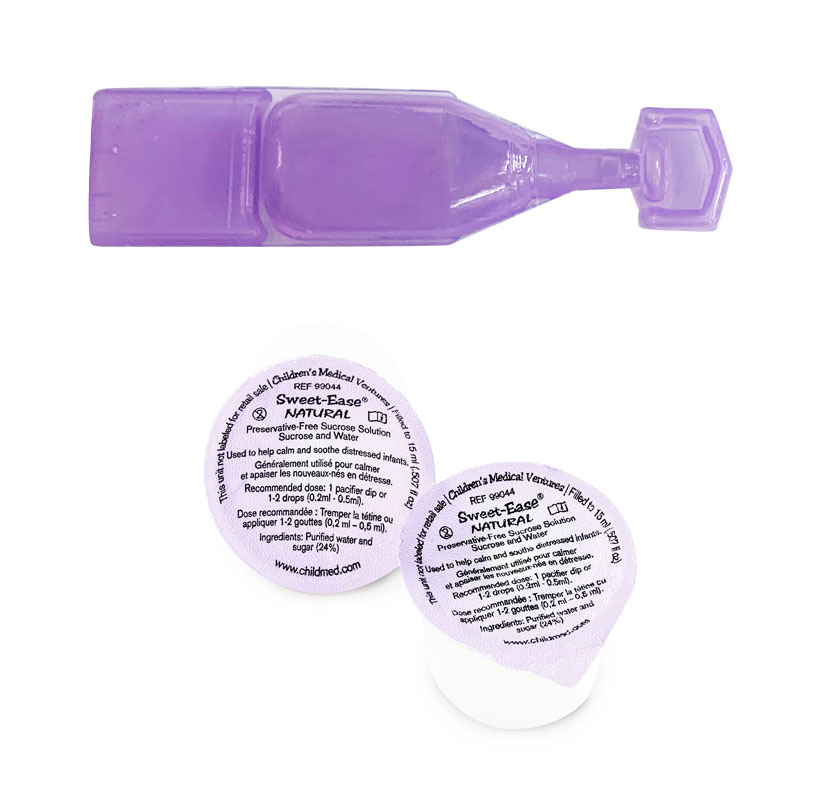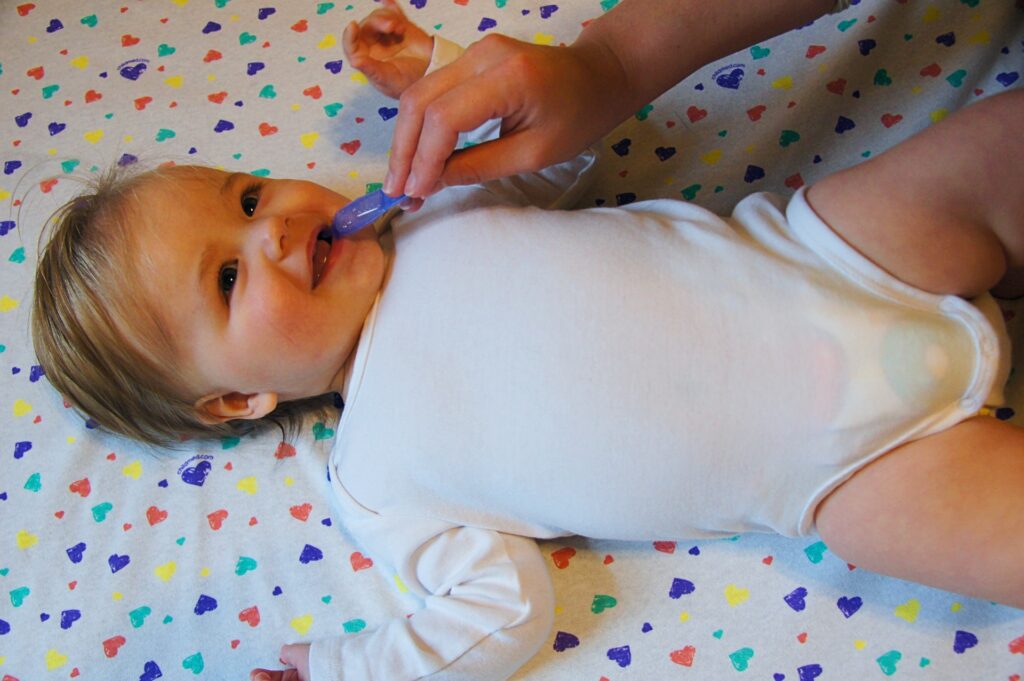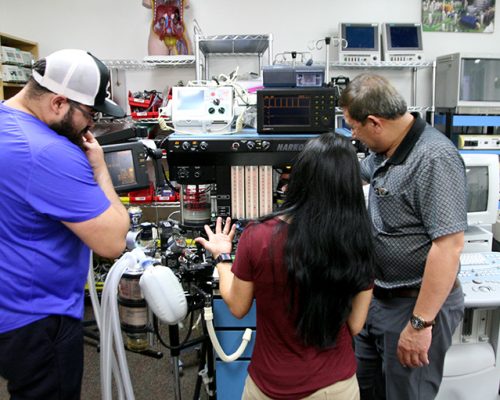
Sucrose solution is used in various settings but is designed primarily for clinical use. Its natural, calming effects comfort and soothe infants experiencing pain or discomfort during treatment. Below, International Biomedical answers the most common questions about sucrose solution, including its use, benefits, and ingredients.
What Role Does Sucrose Solution Play in Neonatal Care?
Sucrose solution plays a significant role in neonatal care by providing a non-pharmacological method of pain management for infants undergoing minor medical procedures in the hospital. Its effectiveness in reducing pain and discomfort has made it a valuable tool in improving the overall care and well-being of infants in the hospital.

What Is Sucrose Solution?
Sucrose solution is a sweet-tasting solution containing sucrose, a type of sugar derived from sugar cane or sugar beet. It is commonly used in medical settings, such as the NICU, to comfort and relieve pain for infants during procedures that may cause discomfort or distress.
What Is Sucrose Solution Made From?
A sucrose solution, like Sweet-Ease, consists of a safe 24% concentration of sucrose dissolved in purified water. Some formulations also include other ingredients to enhance stability or taste, but the key component is sucrose. Other substances are sometimes added to the pure sucrose solution after opening for varying use.
When Is Sucrose Solution Used?
When approved by a healthcare professional, sucrose solution is often used during minor medical procedures that can cause pain or discomfort to infants, such as vaccinations, heel pricks, or venipuncture. Its pain-relieving properties soothe and calm infants, making these procedures less stressful for both the infant and the caregiver. Oral sucrose is most effective for preterm and term neonates but can be used in older infants with a higher dosage for effectiveness.

How Is Sucrose Administered to Infants?
Sucrose is administered to infants orally or by buccal surface 1-2 minutes before the start of a medical procedure. The single-use solution is administered using a syringe without a needle or a dropper directly into the infant’s mouth. The sweet taste stimulates the release of endorphins, the body’s natural pain relievers, to comfort the infant.
Sucrose can be administered by a healthcare professional every 2 minutes once the procedure has started, if necessary, without exceeding the maximum dosage, which is determined by the infant’s age. The Sucrose solution starts working within about 2 minutes after it’s given and works for 5 to 8 minutes.
Are There Any Side Effects of Sucrose Solution?
Sucrose solution is safe for use in neonatal care when used as directed. However, like any medical intervention, it may have some side effects, which are typically rare and mild. Overuse or misuse could lead to issues related to excessive sugar intake. Contraindications include fructose or sucrose intolerance, glucose-galactose malabsorption, muscle-relaxed neonates and infants if oral administration is not possible or if an infant is sedated.
How Long Can Sucrose Be Stored?
The storage life of sucrose solution can vary depending on the specific product and its packaging. An expiration date is provided on the package, and it is important to store the solution as directed. Sucrose should be sealed and stored in a cool, dry place away from direct sunlight to keep it fresh for several months.

Where Can You Get Sucrose Solution?
Sucrose solution for neonatal care, such as Sweet-Ease, is manufactured by neonatal care manufacturers, including International Biomedical, for use by professionals in the NICU and other healthcare facilities rather than the general public.
Supporting the Needs and Well-Being of Infants
International Biomedical is a distinguished supplier of premium sucrose solutions designed with the unique needs of the NICU in mind. Our devotion to excellence, safety, and groundbreaking developments is embodied in our Sweet-Ease Sucrose Solution for Infants, underscoring our enduring commitment to aiding healthcare professionals in delivering unparalleled care to their most vulnerable patients.









